Alexandra Nelson
Co-PI (Core Leadership)
University of California, San Francisco
Alexandra Nelson, MD, PhD, is a systems neuroscientist and movement disorders neurologist. Her research is focused on the cellular and circuit bases of motor control, and in particular how these go awry in the context of movement disorders, such as Parkinson’s disease and dyskinesias. She is known for her expertise in ex vivo (slice) and in vivo electrophysiology, as well as her use of optogenetics and other cell type-specific tools. She has made contributions to our understanding of the cellular and circuit mechanisms of motor learning, as well as the function of basal ganglia microcircuits. In the context of disease, her laboratory has identified key basal ganglia physiological correlates of disease symptoms and effective therapies (such as dopamine replacement therapy and deep brain stimulation) in mouse models of Parkinson’s disease.
Recent ASAP Preprints & Published Papers
Aberrant striatal firing mediates impulsive decision-making in a mouse model of Parkinson's disease
Repetitive Levodopa Treatment Drives Cell Type-Specific Striatal Adaptations Associated With Progressive Dyskinesia in Parkinsonian Mice






